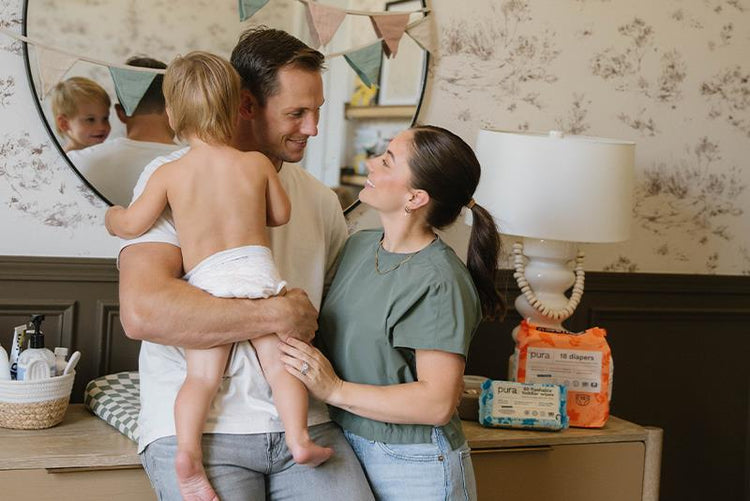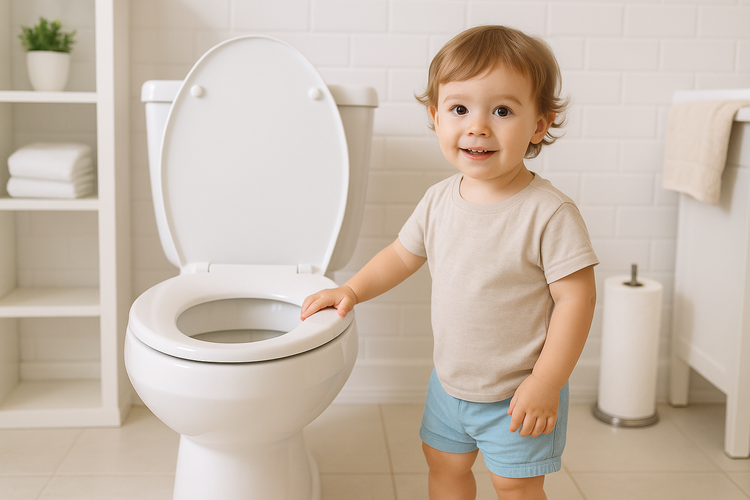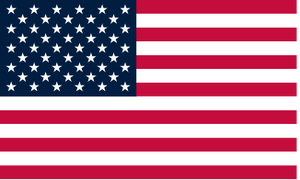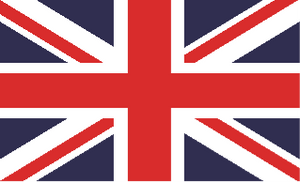Weaning your baby is an exciting and fun-filled adventure for you and your little one but it can also make you feel a little anxious. How do you know when the time is right? How do you make it fun for you both?
To help you every step of the way, we’ve enlisted the help of the weaning experts at Ella’s Kitchen...
When should I start weaning?
Look for the two key signs that your baby is ready to wean. Firstly, they need to be able to sit up and hold their head up steadily.
Secondly, they should be able to pick up their spoon, or a toy, and pop it into their mouth. Normally, these two key signs emerge at around six months. Don’t start weaning before the age of 17 weeks.
How can I make weaning fun for my little one?
Your baby is about to start an exciting adventure exploring lots of yummy tastes and textures. Make it fun by sitting down to eat at the same time, so your little one can see what you’re eating. Your baby loves to copy you, so hopefully they will follow your lead!

Let little hands feel the different textures of foods and give them time to explore. Encourage your child to sniff and play with finger foods and engage with them by asking them lots of questions like: does it feel squidgy? Hard? Soft?
Chat to your baby about the different colours and shapes of food while you’re prepping a meal. And let them listen to the wonderful sizzling, bubbling sounds as you cook. Make sure you’re enthusiastic about what you’re eating and show them how much you’re enjoying your meal. You could also try engaging your little one’s senses by playing games with fruit and vegetables.
Here’s some more information on sensory food play and the many different, simple sensory games you can try at home.
How will I know my baby is eating enough?
At first, your baby’s usual milk will still provide all the nutrition your little one needs, so weaning is about offering a wide range of tastes, especially a variety of single veggies.
Slowly build up the amount of food you offer and be led by your baby’s appetite. Your baby will let you know when they’ve had enough by turning their head away, pushing their bowl away, or by just holding food in their mouth and/or spitting it out. If any of these signs occur three times, it usually means you should end the mealtime and try again later.
You might find your little one’s appetite changes from day to day and this is completely normal. Make sure your baby is still getting around 600ml of their usual milk.

From around 7 months, your baby might be eating up to a bowl full of food a day. Remember every baby is different, so be led by your baby and go with your instincts. Your baby will not need snacks from a nutritional point of view, at this stage, but finger foods are super important to help your baby learn gripping skills and hand-eye coordination.
If you notice a change in your baby’s appetite, it could be for a number of reasons such as:
- A growth spurt
- Teething
- Feeling under theweather
- Tiredness
It’s what your baby eats over the course of a week, or two, rather than just a day, or two, that’s really important. Try to offer a wide variety of foods so that your little one is eating a range of nutrients.
Which finger foods do you recommend?
Finger foods can be introduced from around 6 months. When you begin to offer finger foods, make sure you stay close and look out for choking risks.

Try offering soft-cooked vegetables, like carrots or broccoli, and soft fruits like melon or small sticks of banana. Finger foods that are roughly the size and shape of your index finger will be easier for your baby to grasp. In terms of texture, choose finger foods that are easy to squish between your finger and thumb so that they will be easy for your baby to eat even if they haven’t got any teeth.
How can I avoid food waste?

Plan your weekly menu and only buy what you need to reduce waste.
Batch cook and freeze in small portions. You can use ice cube trays to do this. Another tip is to use frozen veg which has a longer shelf life.
Begin by offering small portions, you can always provide more if your baby is still hungry. Finally, use leftover veg cuttings for sensory play.
Weaning can be a messy business, so don't forget to have your Pura wipes to hand to clean up sticky hands and faces.








